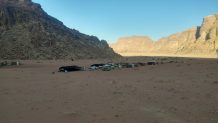
Mobile pastoralist communities in the West Bank are traditionally herders, migrating with their livestock to different locations according to the season. They face discrimination, and limitations on practice of their traditional lifestyle and income-generation. For comparison, we offer three case studies on the mobile pastoralist communities in Inner Mongolia, India, and Southern Jordan. In this report, … read more
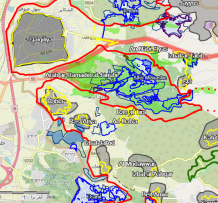
Bimkom’s online interactive maps provides comprehensive information about threats to Palestinian communities, such as demolition orders, the Separation Barrier (both built and planned), settlements and Israeli-controlled sites.
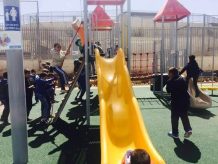
In the Palestinian neighborhoods of East Jerusalem, there is a severe shortage of public parks, as well as other public infrastructure and services. The Israeli authorities have built under 20 playgrounds in these neighborhoods, even though they are home to some 400,000 Palestinians (39% of the city’s population according to municipal data from the end … read more
At the end of August 2018, outline plan 101-0292870 regarding urban nature in Jerusalem was deposited for public review. The goal of the plan was to protect open spaces on nature sites throughout the city. The plan designated 151 polygon sites that included, in addition to specific nature sites within existing neighborhoods of the city, … read more
This “green washing” of vacant areas in the heart of and in between Palestinian neighborhoods does not lead to the creation of spaces for parks and recreation, in stark contravention to what is accepted in urban planning around the word and to the practice in West Jerusalem. Under-the-Guise-of-Green-Fact-Sheet
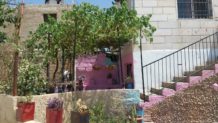
The village of of Jubbet Adh-Dhib finally has electricity again after the Civil Administration returned solar panels in response to a petition supported by Bimkom.
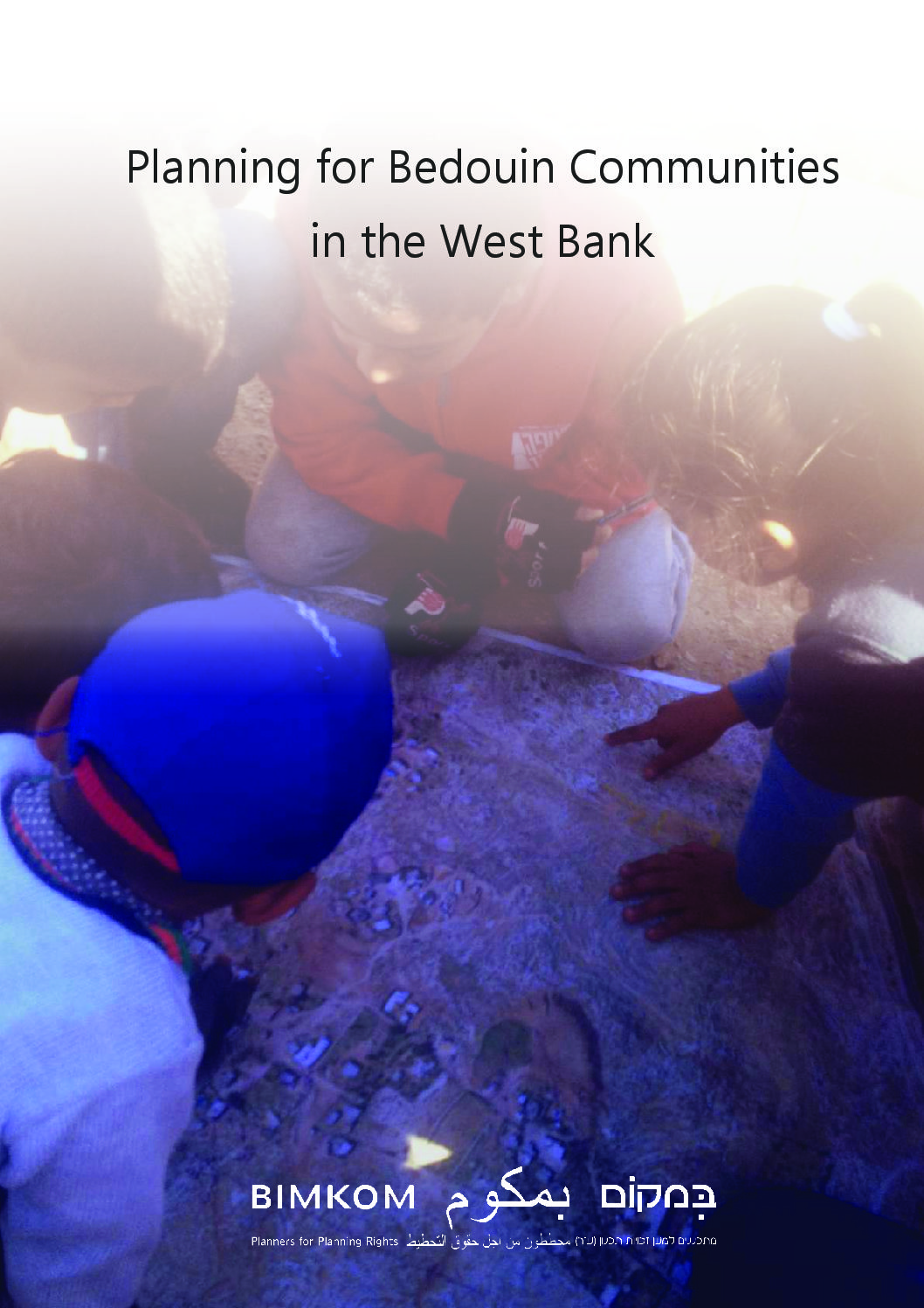
In Area C of the West Bank, spatial planning is controlled by the Civil Administration (CA). Until now, the CA has at best ignored the Bedouin communities, and at worst has adopted planning practices such as forced evictions or strictly limited zoning of areas for construction. In either case, most of the communities have not … read more
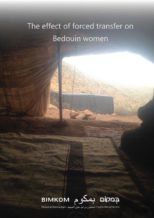
Many Bedouin communities in Area C of the West Bank today are threatened with eviction and forced displacement from the areas they live in, and this forced transfer threatens to bring disaster upon them and deteriorate their already precarious situation. This position paper discusses the effects of the forced transfer on Bedouin women and girls … read more
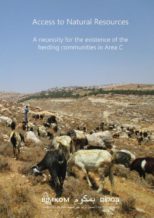
Access to Natural Resources: A necessity for the existence of the herding communities in Area C Herding communities in Area C are communities whose economic survival, and to a large extent their social and cultural survival, depend on access to water and grazing lands, the basic natural resources needed for their existence. Since these natural … read more
The proposed Kaminitz Law seeks to increase enforcement against unlicensed building in Arab and Bedouin localities in Israel, without reference to the main causes of such construction: discrimination in planning and lack of planning. This is the full position paper 17-17-Kaminitz_Law-position paper 2017.2.5 – Coalition against Kaminitz law – short position paper – eng. And … read more







